Researchers build multi-layer, flexible circuits in which the connections between circuit layers are made by ultrasonic welding.


Researchers build multi-layer, flexible circuits in which the connections between circuit layers are made by ultrasonic welding.
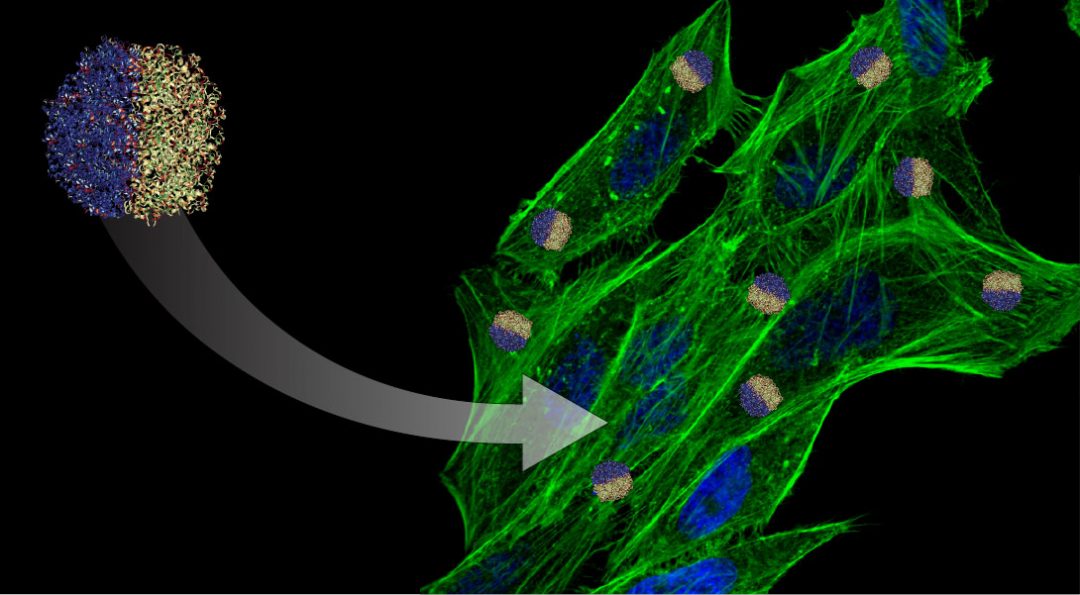
The Lahann Lab at the University of Michigan discusses how nanomedicine benefits by bridging biology, engineering, and materials.

Magnesium batteries promise to replace the lithium-ion battery, but there remain certain challenges and open questions in this field of research.
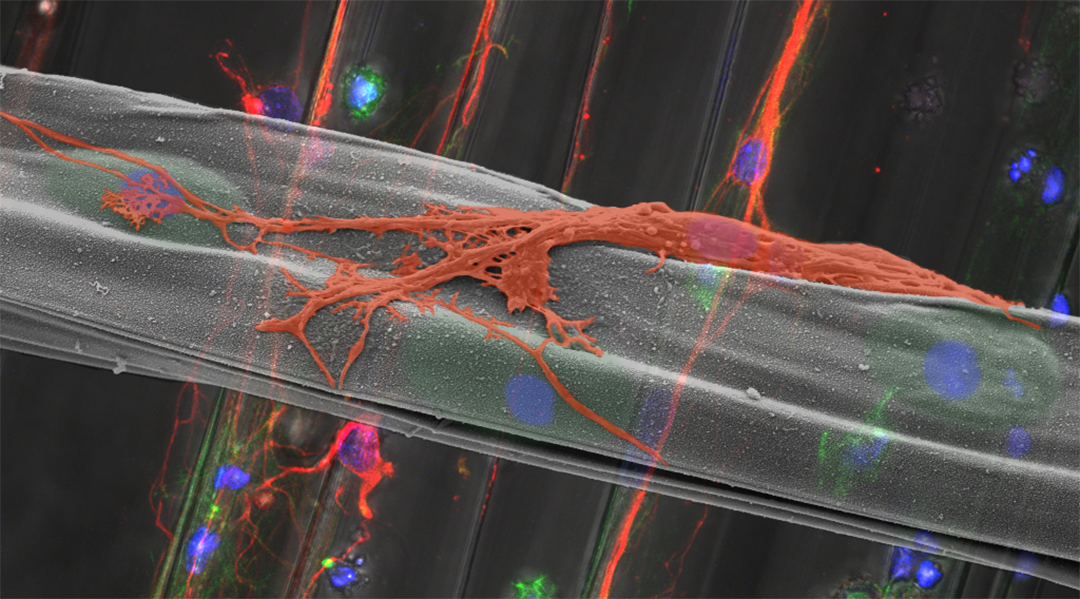
Advanced Science News takes a look at some of the prettiest pictures researchers published in March 2020.
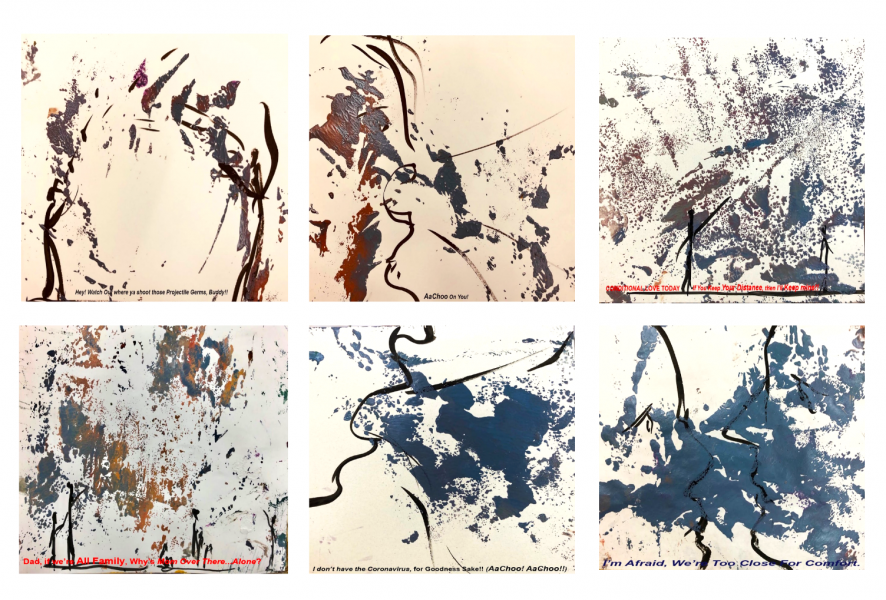
In facing a pandemic of this magnitude, coming together and seeking connection is more important than ever before.
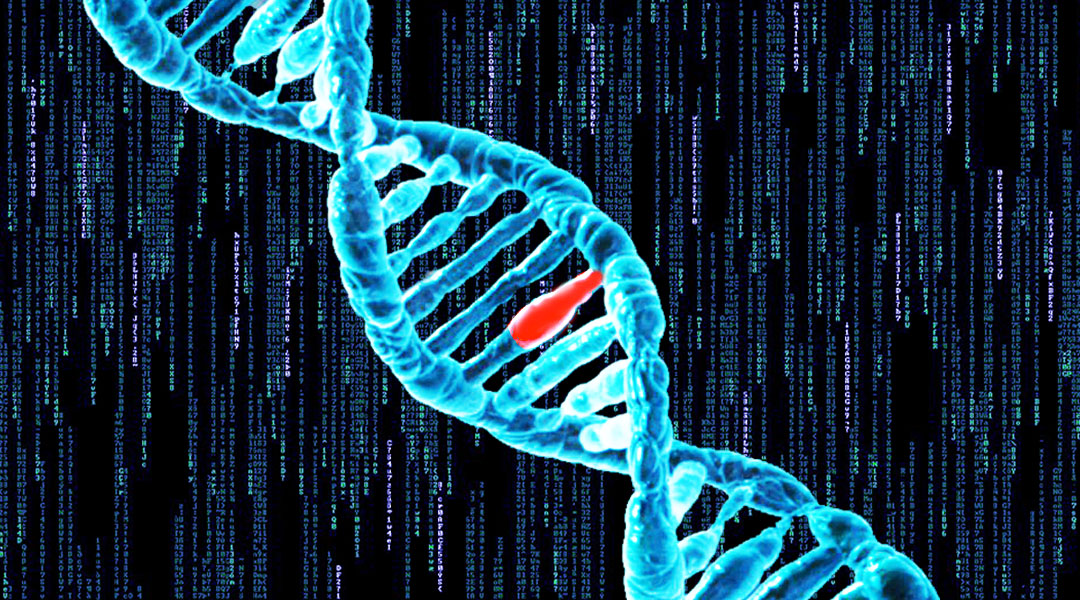
Computer modeling decodes the chemistry carried out by complex DNA repair enzymes to remove DNA damage caused by environmental exposure.
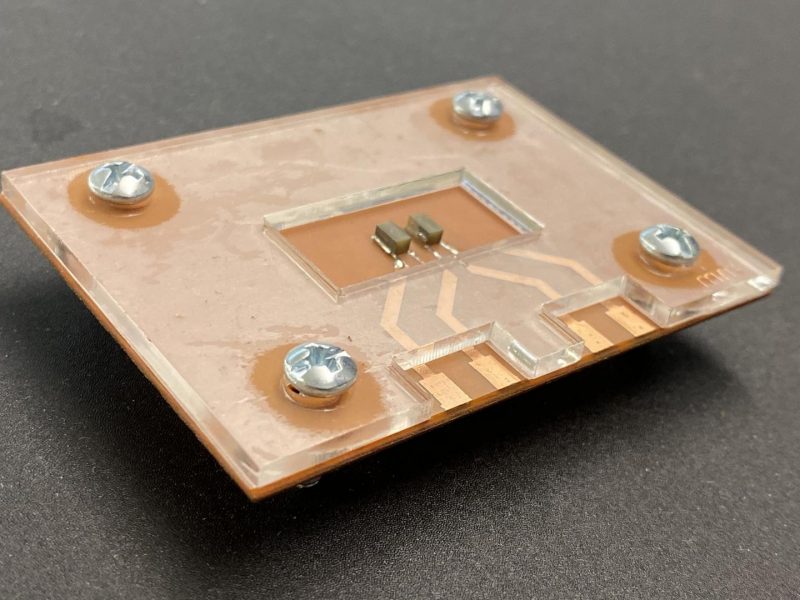
A device uses sound waves to detect the stiffness of an extracellular matrix, a structural network that contains cells, which researchers find can indicate the spread of disease.

Exploring advances in extracellular vesicles research made in the last ten-years and how its leading to better clinical applications.

There has been a growing interest in delivering action with results on the ground, which is shaping how cities and urban areas are responding to climate change.
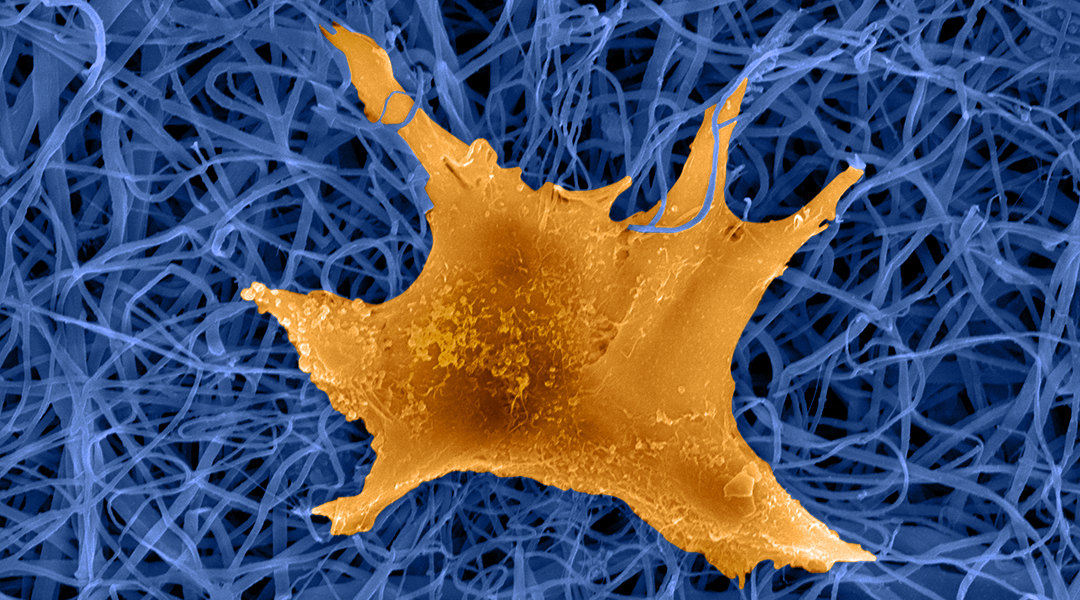
Electrospinning is an emerging fabrication technology that holds great promise in advancing skin tissue engineering and in developing an array of novel therapies.